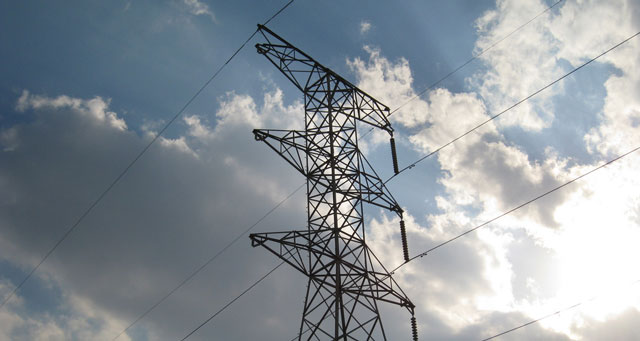
The third unit at Ingula Pumped Storage Scheme was brought into commercial operation on Tuesday, Eskom CEO Brian Molefe announced on Wednesday.
Each unit adds 333MW of peak power to the grid, which is key in the power utility’s ability to cope with peak demand, especially during winter.
Addressing parliament’s portfolio committee on public enterprises, Molefe pointed out that all four units were synchronised on 3 March, 25 March, 21 May and 16 June, which meant 1,3GW was being fed into the grid in winter. However, the commercial handover is the end date for the completion of the project.
Units 4 and 2 went into commercial operation on 10 June and 22 August, while unit 1 went live on Tuesday night.
Unit 3 had a breakdown during synchronisation and would be up and running by the end of the year, Molefe said.
“The repairs of damaged unit 3 are progressing,” he said. “It is the only unit that is expected to come into commercial operation during this financial year.”
In addition, Molefe said Medupi unit 5 is on track for commercial operation in the first half of 2018.
“With commercial operation of Ingula and the coming on stream of Medupi unit 5, it will be very hard to go into load shedding,” Molefe said.
His positive sentiment about Eskom’s finances and operational successes comes as his battle with national treasury reached a turning point on Tuesday evening, when public enterprises minister Lynne Brown pushed the utility to hand over documents to treasury over its probe into coal contracts.
“We will submit the information even though the board has not sat down to formally consider the outcome of the report,” spokesman Khulu Phasiwe told Talk Radio 702.
“After our discussions this morning with the public enterprises minister, the decision was we would submit the information [to Treasury].”
“Eskom is on a firm financial and operation footing,” Molefe said. “Our financial position has improved and our operational performance has stabilised. We do not anticipate load shedding and the new build programme will meet its deadlines. We are prepared to meet excess supply of electricity.”
“We have stabilised Eskom coming from a very poor base with a fleet that was faltering,” Eskom chair Ben Ngubane told parliament on Wednesday. “Plant availability is 80% and more, which is almost a miracle, considering where we were a year ago.”
Molefe said there has been a reduced reliance on open cycle gas turbines in 2016, which cost billions to run during South Africa’s load shedding crisis. This has resulted in a decrease from R9,5bn in 2014/2015, to R8,9bn in 2015/2016, to R90m in 2016/2017 to date, Molefe explained.
“Eskom is striving for no further use of diesel to meet demand for the remainder of the year,” he said. “The use of diesel in July was zero.”
Eskom has come under scrutiny once again over the turbines, as they are massively over budget and delayed, with all four turbines originally meant to go live in 2013.
Carte Blanche interviewed an insider and a mining expert who worked at Ingula, who said the underground contractor was paid billions more than they should have in bonuses, advances and flimsy compensation events, even as the contractors skimped on safety.
The contractor — CMI Joint Venture — comprises two Italian companies, which allegedly have a track record of over-runs and corruption. The third company is PG Mavundla Engineers, which is owned by Philani Mavundla, a friend of President Jacob Zuma who offered to pay for his Nkandla homestead, according to Carte Blanche.




